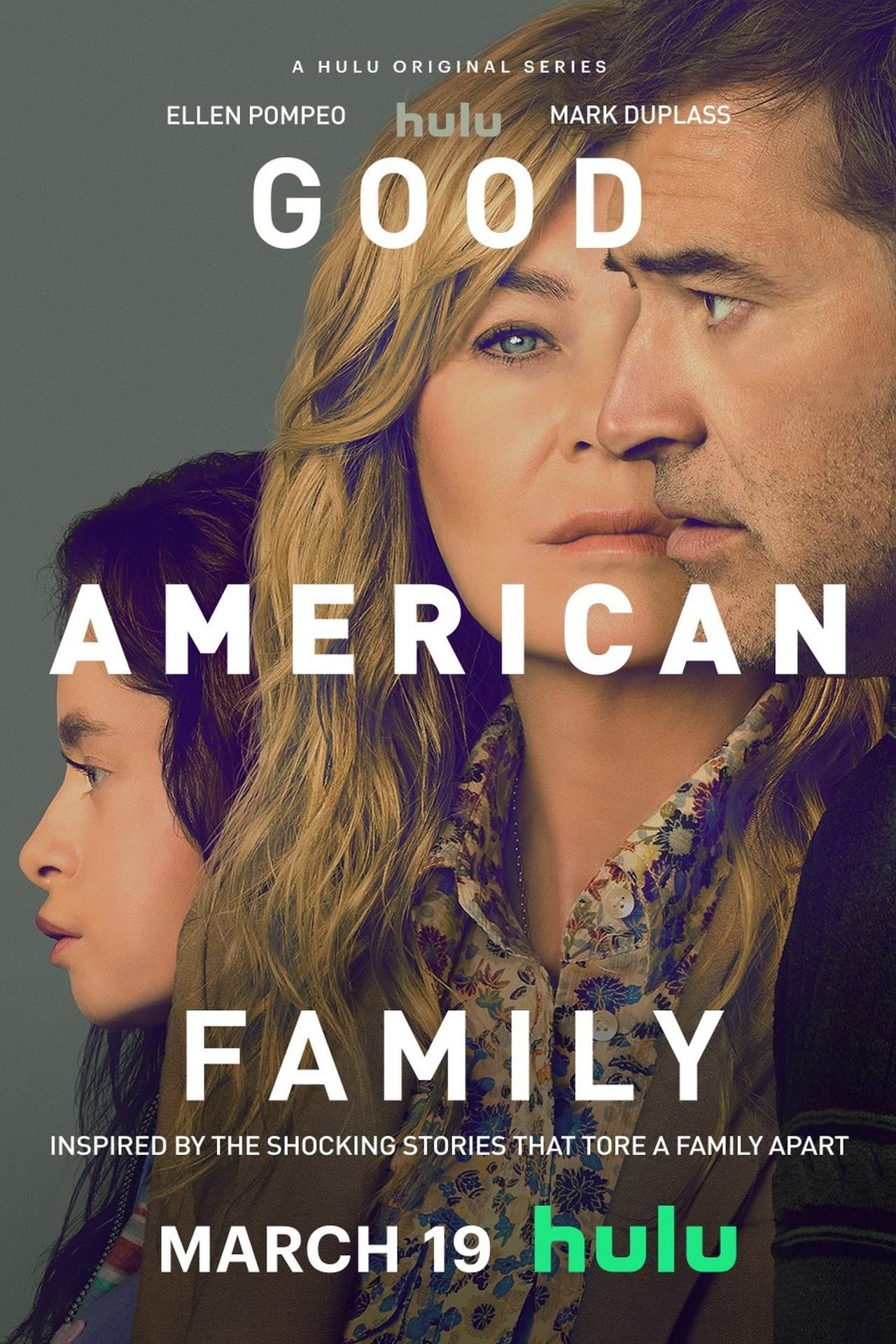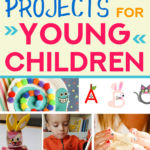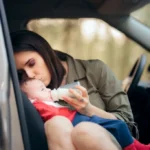Inside the True Story of Good American Family: Adoption, Controversy, and Redemption

Introduction
Good American Family is a provocative drama limited series that explores the harrowing journey of Natalia Grace, a Ukrainian-born girl with dwarfism adopted by Kristine and Michael Barnett in Indiana. The show is based on true events, blending docudrama and thriller elements to deliver a multi-layered narrative of family, suspicion, and the struggle for acceptance [4] . Through shifting perspectives and a Rashomon-style narrative, the series investigates the intersection of parental responsibility, social media culture, and the pursuit of truth in the face of ambiguous circumstances [1] .
The Real-Life Inspiration: Natalia Grace’s Story
Natalia Grace was born in Ukraine in 2003 and diagnosed with spondyloepiphyseal dysplasia congenita, a rare form of dwarfism. She spent her early years in an orphanage before being adopted by Kristine and Michael Barnett in 2010, at the age of seven according to her Ukrainian birth records [2] . The Barnetts, already parents to three biological children, welcomed Natalia into their family, hoping to provide her with a stable home and support for her medical needs.
However, as Natalia settled into her new life, Kristine and Michael claimed to notice unusual behaviors and physical maturity well beyond her supposed age. They alleged she had begun menstruating and demonstrated a vocabulary and reasoning skills more advanced than expected for a seven-year-old. These suspicions led the Barnetts to seek medical and legal opinions, ultimately petitioning the Marion County court to change Natalia’s birth year from 2003 to 1989, legally making her an adult [2] .
Public scrutiny intensified when the Barnetts abandoned Natalia, leading to a high-profile legal battle and widespread debate about the ethics of adoption, disability, and parental responsibility. The case drew comparisons to the horror film “Orphan,” further fueling media coverage and speculation.
Plot Overview and Dramatic Elements
The series begins with Kristine and Michael adopting Natalia and raising her alongside their biological children. As suspicions mount, the family is plunged into a battle fought in the tabloids, the courtroom, and within their own marriage [3] . Accusations of deception, manipulation, and abuse surface, with each character’s perspective shifting the audience’s understanding of events [4] .
Kristine’s growing paranoia and self-righteousness are matched by Michael’s emotional struggle and eventual divorce from Kristine. The narrative explores how social media amplifies family drama, with public opinion playing a crucial role in shaping the outcome. The series’ later episodes focus on Natalia’s emotional journey, her experience of trauma, and her efforts to navigate a world that often misunderstood her.
The climax centers on a confrontation between Natalia and Michael after his acquittal. Natalia asks why he failed to protect her, highlighting the core theme of parental responsibility. The show ends with Natalia finding acceptance among her new adopted family, suggesting that despite legal outcomes, personal redemption and community support remain possible [1] .
Critical Reception and Cultural Impact
Good American Family has been praised for its Rashomon-style storytelling, which allows viewers to see events from multiple angles, emphasizing the ambiguity and complexity of the case [4] . Ellen Pompeo’s portrayal of Kristine Barnett received particular acclaim for capturing both her determination and descent into paranoia. Critics noted the series’ ability to critique “momfluencer” culture and expose the darker aspects of social media involvement in real-world family crises.
The show’s visual style and performances by Imogen Faith Reid (Natalia Grace) and Mark Duplass (Michael Barnett) further highlight the emotional depth and moral complexity of the story. While some reviewers found the tone uneven, most agreed that the series succeeds in provoking discussion about adoption ethics, disability rights, and the responsibilities of caregivers [4] .
Good American Family was nominated for “Location Team of the Year – Episodic Television – One Hour” at the 2024 California on Location Awards, reflecting its impact within the television industry [4] .

Source: progressive-charlestown.com
Accessing Services and Guidance for Families
If you are interested in learning more about adoption, disability advocacy, or support services for families facing similar challenges, consider the following steps:
- Contact your local or state Department of Children and Family Services to inquire about adoption processes, legal guidance, and available support programs.
- Search for reputable organizations such as the National Council for Adoption or the Adoption Exchange, which provide resources, counseling, and best practices for adoptive families.
- If you need support regarding disability services, reach out to agencies like Easterseals or the National Organization on Disability for information about resources, community programs, and advocacy initiatives.
- For legal advice, consult with licensed family law attorneys who specialize in adoption and guardianship cases. Many state bar associations provide searchable directories of qualified professionals.
- To find peer support, consider joining online forums or local groups for adoptive families and individuals with disabilities. These communities offer valuable insights, shared experiences, and emotional support.
When seeking assistance or researching programs, always use official agency names and verified search terms. For example, you can search for “state adoption services,” “disability family support programs,” or “family law attorney [your state].” Avoid relying on unofficial websites or unverified sources. If you have questions about government programs, visit the official website of the U.S. Department of Health & Human Services or contact their helpline for guidance.
Challenges and Solutions for Families
Families considering adoption or facing complex care challenges may encounter difficulties such as navigating legal processes, understanding disability needs, and managing public scrutiny. It is important to:
- Seek professional guidance early-social workers, adoption agencies, and medical specialists can help clarify requirements and provide tailored support.
- Document all communications and decisions, especially in high-profile or contested cases.
- Prioritize the well-being of all children involved, balancing individual needs and family unity.
- Address mental health proactively, both for parents and children, by accessing counseling services or support groups.
Alternative approaches include kinship adoption, open adoptions, and collaborative care plans that involve extended family or community resources. Each option has unique requirements and benefits, so research thoroughly and consult with professionals before making decisions.
Summary and Key Takeaways
Good American Family serves as a powerful case study in the complexities of adoption, disability, and family dynamics. By examining the true story of Natalia Grace and the Barnetts, the series highlights the importance of empathy, ethical responsibility, and informed decision-making in family life. Whether you are considering adoption, seeking support for a child with disabilities, or navigating a challenging family situation, comprehensive resources and professional guidance are available. Always verify information through official agencies and consult with trusted experts to ensure the best outcomes for your family.






